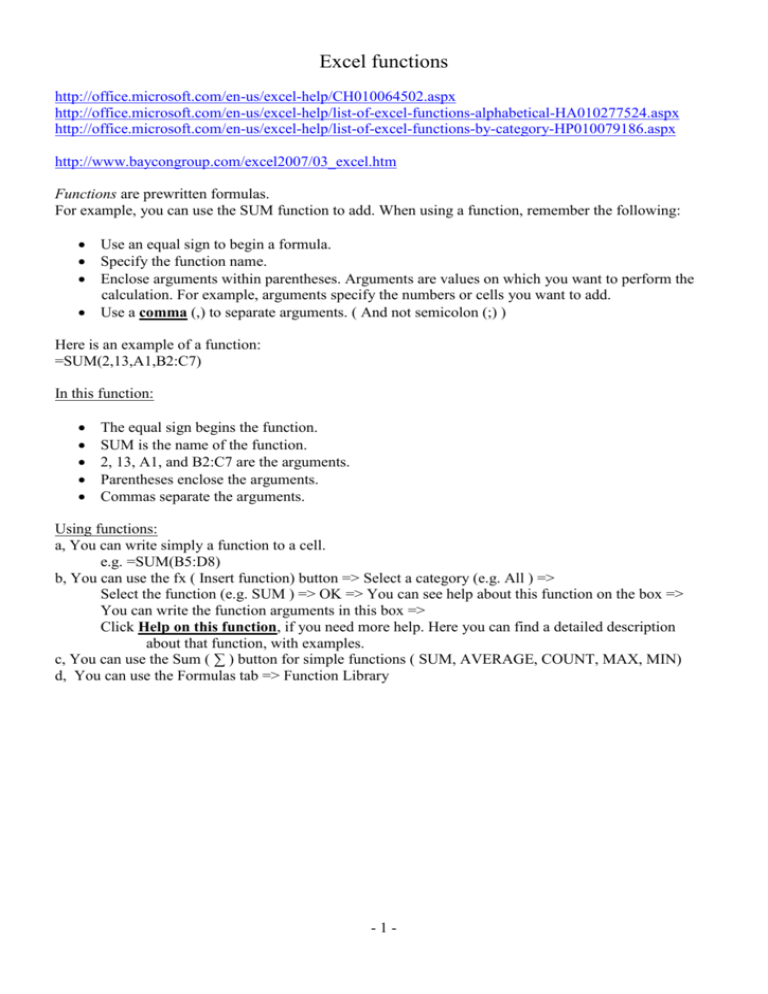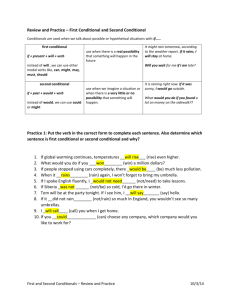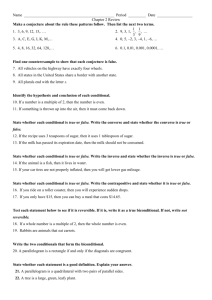Excel functions http://office.microsoft.com/en-us/excel
advertisement

Excel functions http://office.microsoft.com/en-us/excel-help/CH010064502.aspx http://office.microsoft.com/en-us/excel-help/list-of-excel-functions-alphabetical-HA010277524.aspx http://office.microsoft.com/en-us/excel-help/list-of-excel-functions-by-category-HP010079186.aspx http://www.baycongroup.com/excel2007/03_excel.htm Functions are prewritten formulas. For example, you can use the SUM function to add. When using a function, remember the following: Use an equal sign to begin a formula. Specify the function name. Enclose arguments within parentheses. Arguments are values on which you want to perform the calculation. For example, arguments specify the numbers or cells you want to add. Use a comma (,) to separate arguments. ( And not semicolon (;) ) Here is an example of a function: =SUM(2,13,A1,B2:C7) In this function: The equal sign begins the function. SUM is the name of the function. 2, 13, A1, and B2:C7 are the arguments. Parentheses enclose the arguments. Commas separate the arguments. Using functions: a, You can write simply a function to a cell. e.g. =SUM(B5:D8) b, You can use the fx ( Insert function) button => Select a category (e.g. All ) => Select the function (e.g. SUM ) => OK => You can see help about this function on the box => You can write the function arguments in this box => Click Help on this function, if you need more help. Here you can find a detailed description about that function, with examples. c, You can use the Sum ( ∑ ) button for simple functions ( SUM, AVERAGE, COUNT, MAX, MIN) d, You can use the Formulas tab => Function Library -1- We will not discuss the functions one by one. You discussed them in secondary school. We will use them in exercises. You will have to know and use the next functions in exercises: SUM, MAX, MIN, AVERAGE COUNT, COUNTA, ABS, PRODUCT SUMIF: conditional SUM COUNTIF: Conditional COUNT AVERAGEIF: Conditional AVERAGE IF, OR, AND ROUND, FLOOR, ROUNDDOWN, ROUNDUP, MOD MATCH, INDEX, VLOOKUP, HLOOKUP, YEAR, MONTH, DAY, HOUR, MINUTE, SECONT, NOW RANK, POWER, ROW, COLUMN, SQRT Database functions: DSUM: Conditional SUM DAVERAGE: Conditional AVERAGE DMAX: Conditional MAX DMIN: Conditional MIN DCOUNT: Conditional COUNT DCOUNTA: Conditional COUNT DPRODUCT: Conditional PRODUCT DGET, -2-






